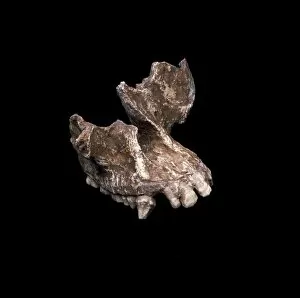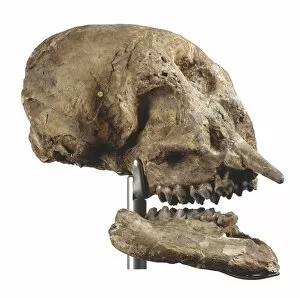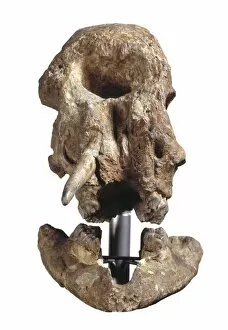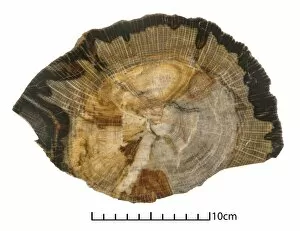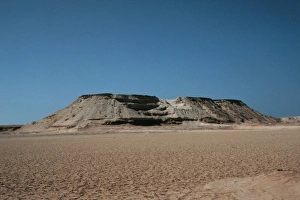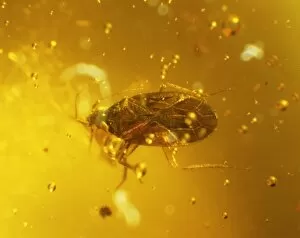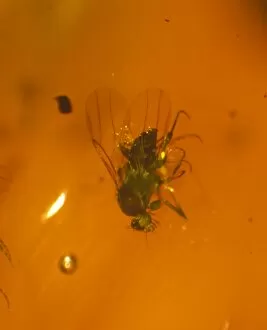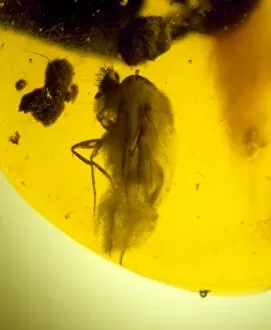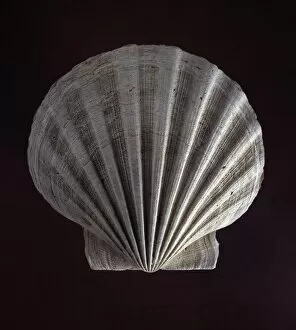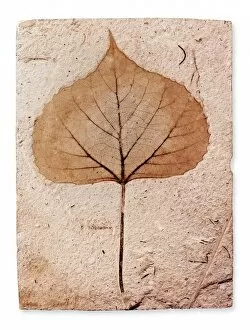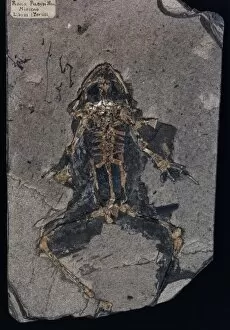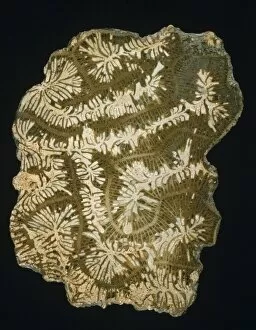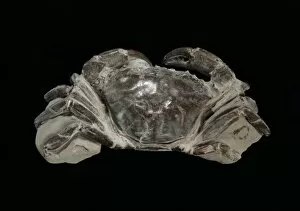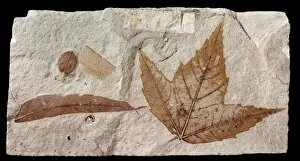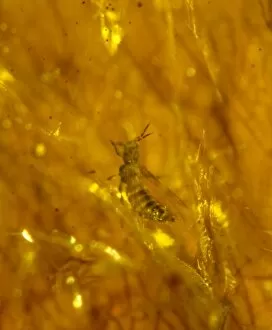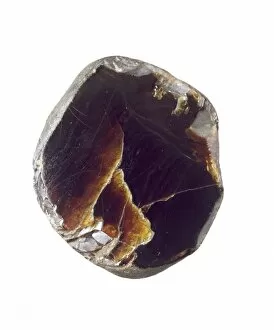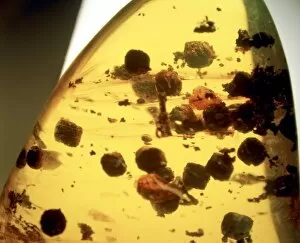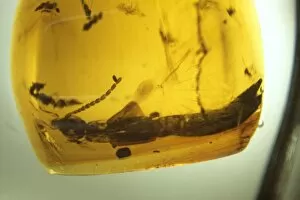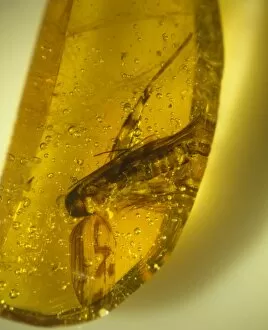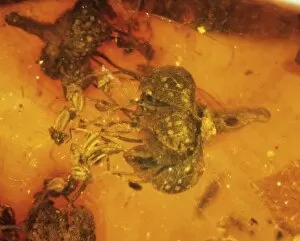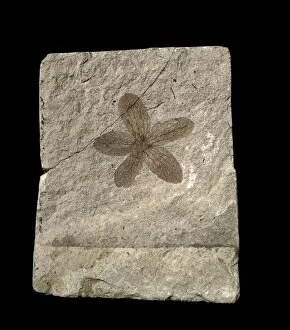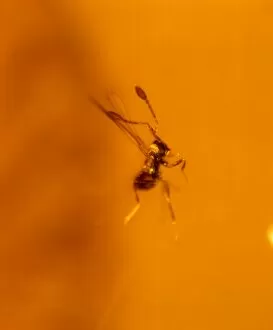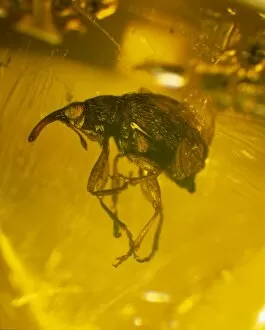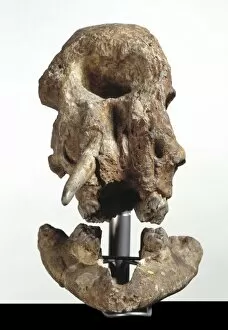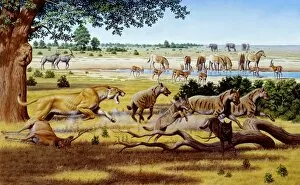Miocene Collection (page 4)
"Exploring the Enigmatic Miocene Era: Unveiling Ancient Treasures and Prehistoric Wonders" Journey back in time as we uncover the secrets of the Miocene era
All Professionally Made to Order for Quick Shipping
"Exploring the Enigmatic Miocene Era: Unveiling Ancient Treasures and Prehistoric Wonders" Journey back in time as we uncover the secrets of the Miocene era, a fascinating period that shaped our planet's history. Preserved in Dominican amber, a tiny mosquito offers a glimpse into the ancient ecosystems of the Miocene era. The Sahelanthropus tchadensis skull provides valuable insights into early human evolution during this remarkable epoch. Meet Proconsul africanus, an intriguing primate species that roamed Africa during the Miocene era, bridging gaps between apes and humans. Immerse yourself in breathtaking artwork depicting prehistoric wildlife from the vibrant landscapes of the Miocene era. Discover Aepycamelus, an extinct genus of camelid which once roamed North America during this transformative period in Earth's history. Fossilized diatoms captured under SEM reveal intricate details about marine life flourishing during the Miocene era. Encounter Phororhacos, an imposing bird-like creature that dominated South American skies millions of years ago. Marvel at Argentavis magnificens – with a wingspan larger than any known bird today – compared to a human figure; truly awe-inspiring. From Australia's Great Ocean Road, witness nature's masterpiece - The 12 Apostles - standing tall since their formation in the distant Miocene past. Clypeaster altus takes us beneath ocean waves to explore fossil echinoids that thrived amidst ancient marine habitats during this epoch Dive deeper into scientific research like DDE-90026159 to unravel more mysteries surrounding life forms and environments from long-lost eras. Join us on this captivating journey through time as we delve into miocenic wonders and unlock hidden stories from our planet's past.

